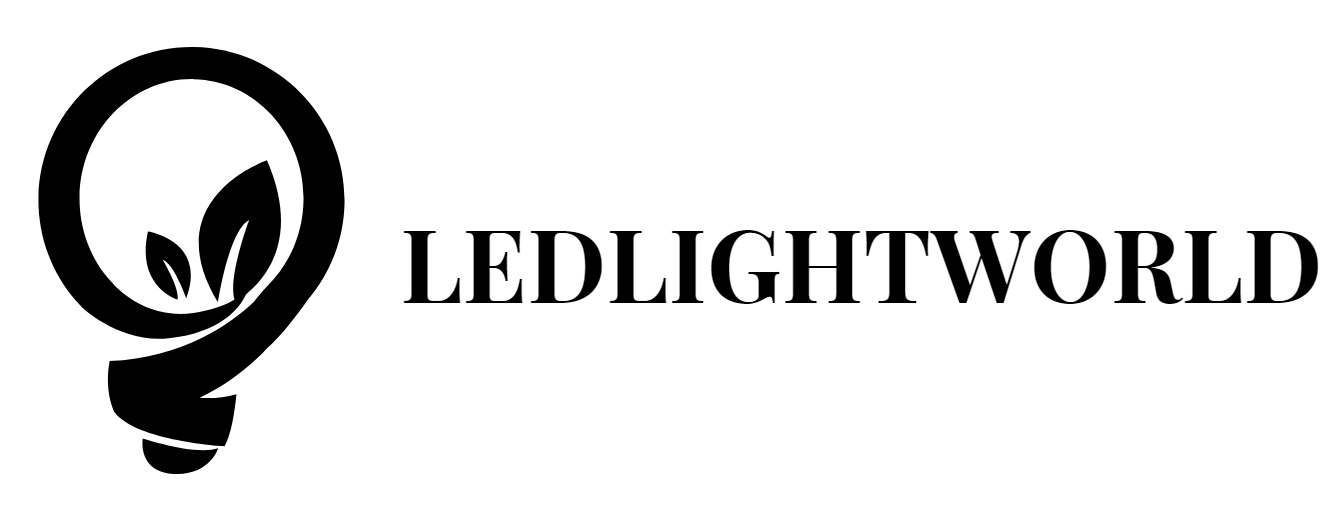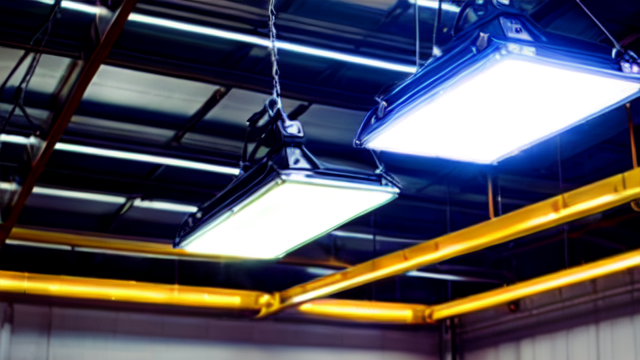Lighting solutions have always been a crucial aspect of industrial and commercial spaces, with high-ceiling environments requiring particular attention. In this article, we will delve deeper into the performance comparison of traditional high bay light fixtures and the increasingly popular LED lighting technology. By unraveling the essence of this debate, we aim to provide you with a comprehensive understanding to make an informed decision.
Understanding High Bay Light Fixtures: Peering into the Past
High bay light fixtures have long been the go-to choice for illuminating large areas with high ceilings, such as warehouses, factories, and gyms. These fixtures traditionally relied on technologies like metal halide and high-pressure sodium, which have served their purpose over the years. However, it’s essential to unravel their essence and uncover their limitations.
Metal halide and high-pressure sodium fixtures have been known to consume significant amounts of energy. Their inefficiency in converting electricity to light results in higher energy costs and an increased carbon footprint. Moreover, the lifespan of these traditional fixtures tends to be relatively shorter, necessitating frequent replacements and driving up maintenance expenses. These factors have led businesses to seek alternatives that provide improved performance and cost-effectiveness.
The Rise of LED Lighting: Unveiling the Advantages
LED lighting has emerged as a game-changer in the lighting industry, revolutionizing high bay illumination. To understand its essence, we need to unveil the advantages that have propelled LED lighting to the forefront.
Energy Efficiency: Illuminating the Future
LED lighting showcases unparalleled energy efficiency compared to its traditional counterparts. By leveraging advanced technology, LEDs can produce the same or higher levels of illumination while consuming significantly less electricity. This reduced energy consumption translates into substantial cost savings and a greener, more sustainable approach to lighting.
Illumination Excellence: Shedding Light on Performance
When it comes to illuminating vast spaces with high ceilings, the quality and quantity of light are paramount. LED lighting excels in both aspects, offering superior performance compared to traditional fixtures.
LED fixtures are designed to provide high lumen output, ensuring bright and evenly distributed light throughout the area. This even distribution eliminates dark spots and enhances visibility, contributing to a safer and more productive environment. Furthermore, LED lighting boasts excellent color rendering capabilities, enabling accurate representation of colors. This feature is particularly crucial in industries where color differentiation is essential, such as manufacturing and retail.
Longevity and Reliability: Lighting the Path Ahead
The essence of LED lighting lies in its extended lifespan and reliability. Traditional high bay fixtures often suffer from shorter lifespans, leading to frequent replacements and increased maintenance costs. On the contrary, LED lights can last significantly longer, often surpassing 50,000 to 100,000 hours of operation. This extended lifespan not only reduces the hassle of frequent maintenance but also minimizes downtime and ensures uninterrupted operations.
Environmental Responsibility: Shining a Light on Sustainability
In today’s world, environmental considerations are of utmost importance. LED lighting embraces the essence of sustainability by being an eco-friendly lighting solution.
Unlike traditional options, LED lights are free from hazardous materials such as mercury. This not only simplifies disposal but also reduces the environmental impact associated with lighting technology. Furthermore, the energy efficiency of LED lighting contributes to a significant reduction in carbon emissions, helping combat climate change and create a greener future.
Essence Unveiled: The Cost Perspective
The essence of any lighting decision involves evaluating the costs involved. While LED lighting may have a higher initial investment compared to traditional fixtures, the long-term cost benefits are often underestimated.
LED lighting’s energy efficiency leads to substantial electricity savings over time, offsetting the initial expense. Additionally, the extended lifespan of LED lights significantly reduces maintenance costs and the need for frequent replacements. By analyzing the total cost of ownership, it becomes apparent that LED lighting is a cost-effective choice in the long run.
Unraveling the Essence: Making an Informed Decision
In the quest for the perfect lighting solution for high-ceiling spaces, understanding the essence of the debate between high bay light fixtures and LED lighting is crucial. By delving deep into their performance, energy efficiency, reliability, and environmental impact, we can make an informed decision that aligns with our goals.
As you embark on your lighting journey, remember to consider the essence of LED lighting: its unrivaled energy efficiency, illumination excellence, longevity, and environmental responsibility. By embracing these advantages, you not only enhance your space’s lighting performance but also contribute to a sustainable future.

